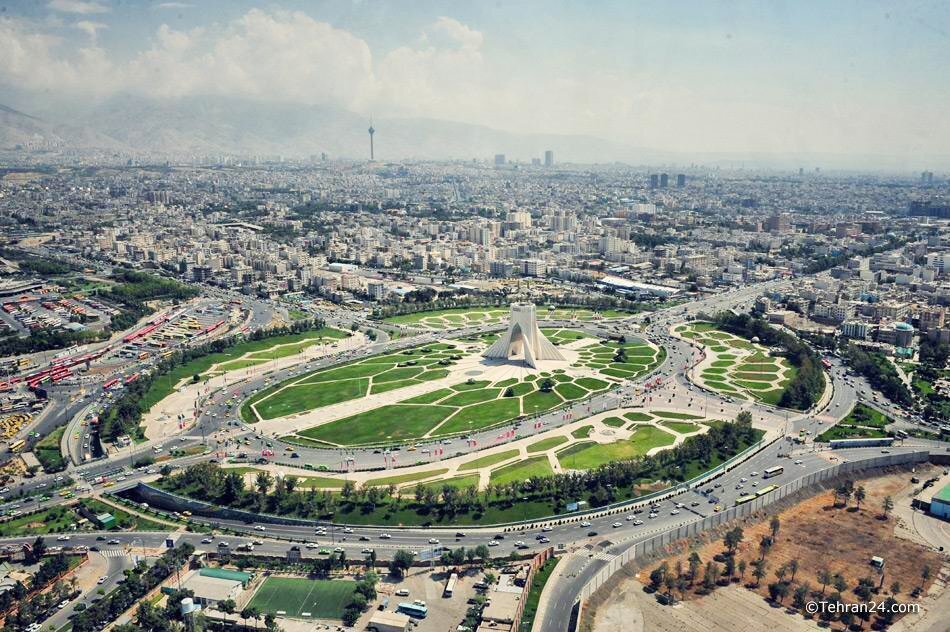By Faranak Bakhtiari
TEHRAN – The COVID-19 pandemic has further reinforced the key importance of communities in achieving sustainable development goals and for cities’ action response, recovery, and beyond.
In a message marking World Cities Day, which is commemorated annually on October 31, UN Secretary-General António Guterres said that COVID-19 has brought into sharp focus the importance of close-knit communities.
World Cities Day is the seventh global celebration since the day was launched in 2014 in Shanghai, China. The 2020 World Cities Day themed ‘Valuing our communities and cities’ underlines the importance of the local communities who are at the heart of building sustainable cities.
“With the pandemic often overwhelming public health and support services, communities have organized to keep their neighborhoods safe and functioning, engaging with local and national governments to support the official response,” Guterres added.
In addition, with forecasts predicting that around 68 percent of the world’s population will be living in urban areas by 2050, up from the current 55 percent, the UN chief highlighted that communities will be all the more important for the rapidly urbanizing world to respond effectively to the pandemic and prepare for future infectious disease outbreaks.
In a separate message, Maimunah Mohd Sharif, Executive Director of the UN Human Settlements Programme (UN-Habitat), also called for utilizing communities’ knowledge and potential.
“We must recognize that communities must be at the center of designing their own, longer-term solutions and we must listen to them as their on-ground experience will help us build resilience and equity in the future”, she said.
“Valuing our communities is an important first step towards the transformational change we need to build back better and build back greener”, added the head of UN-Habitat.
Dense cities more vulnerable to viruses, accidents
Some economists and social scientists believe that should not be returned to the current dense life because large cities are more vulnerable to viruses and accidents.
The analysis of various incidents and crises, such as the outbreak of coronavirus and biological warfare, shows that the most affected areas are densely populated, large and crowded cities, and what mostly remains will be villages and suburbs. Accordingly, experts believe that resilient cities should be developed and prepared for the future.
Resilience is used for cities, villages, and industry; in all three cases, reliance is defined from the perspectives of natural disasters, accidents, health, economic, social, cultural, physical, and ecological characteristics.
Social resilience addresses healthy and constructive relationships between citizens, such as different clubs for different ages, genders, religions, and parties, and cultural resilience is a situation in which all social classes with different cultures in the city feel safe and secure.
Resilient cities protect human against crises
Resilient cities can produce as few crises as they can and protect humans against humanitarian crises and unexpected events such as virus spreads, environmental pollution, biological warfare, floods, and earthquakes, and minimize human mortality.
We should not forget that if coronavirus was controlled, crises such as air pollution and the environment would not have been controlled yet so that we need to take the opportunity to promote resilient cities.
Today, after gaining great achievements in industrial, scientific and technological life, human beings have suddenly been thrown into a period in which all the achievements and lifestyles that they had organized must be revised.
TAGS


No comments:
Post a Comment